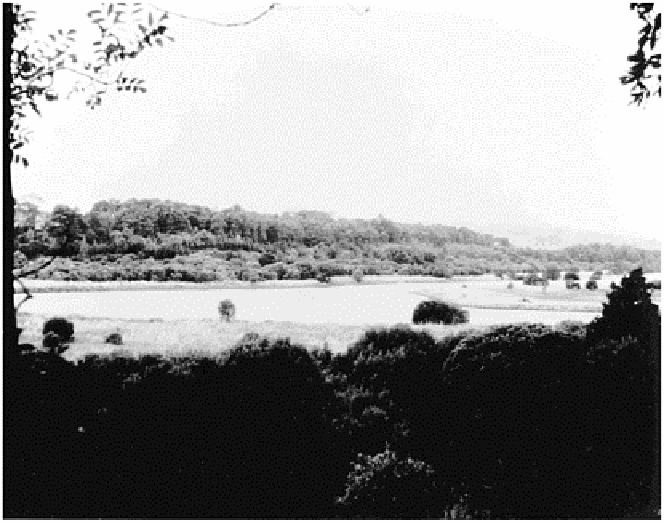Environmental Engineering Reference
In-Depth Information
Secondary successions are usually more rapid than primary ones, as seeds and
seedlings are often present, and initial soil conditions are more favourable than on a bare
sterile surface. The
primary stage
, when plants are first gaining a presence in the prisere,
is much shorter in the secondary succession. Figure 21.2 also illustrates the importance of
human activities in determining the nature and composition of plant communities.
Activities such as grazing by domestic animals or deliberate burning will maintain a
vegetation community which would otherwise be a natural climax. Such communities are
designated
plagioclimaxes
('changed' climaxes) or, in the American literature,
disclimaxes
('disturbance' climaxes). For example, overgrazing of natural prairie
grassland can produce a degraded plagioclimax which could return to natural prairie if
the grazing pressure was removed. The succession from plagioclimax to climax is a type
of
subsere
. A subsere is a succession which proceeds from a subclimax community (say,
a plagioclimax) to climax.
Plate 21.1
Primary succession or hydrosere along the banks
of the river Cree, Scotland. The four vegetation zones visible
are reeds ( Phragmites spp.), alder ( Alnus glutinosa), mixed
deciduous saplings and finally oak ( Quercus robur)
woodland.
Photo: Ken Atkinson.

